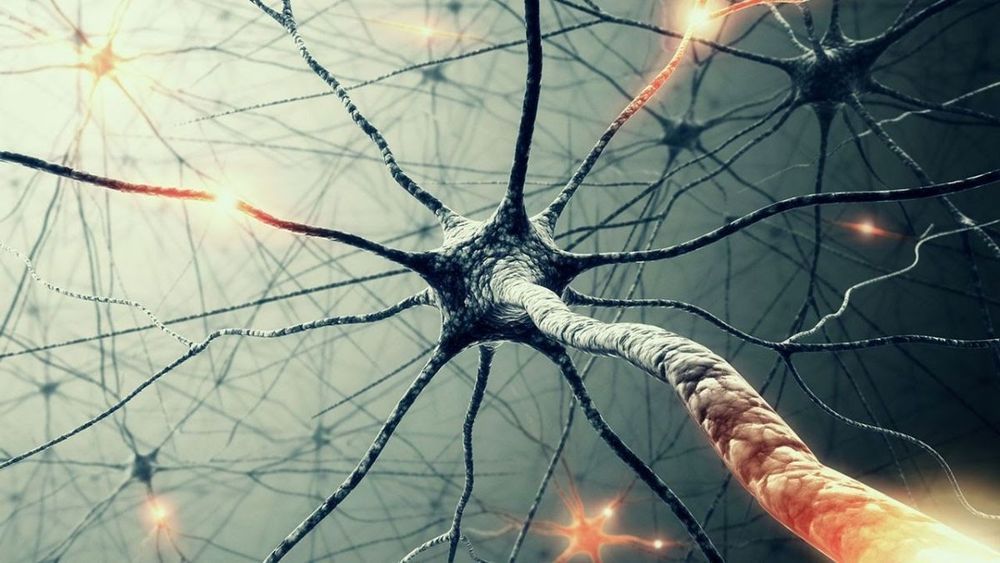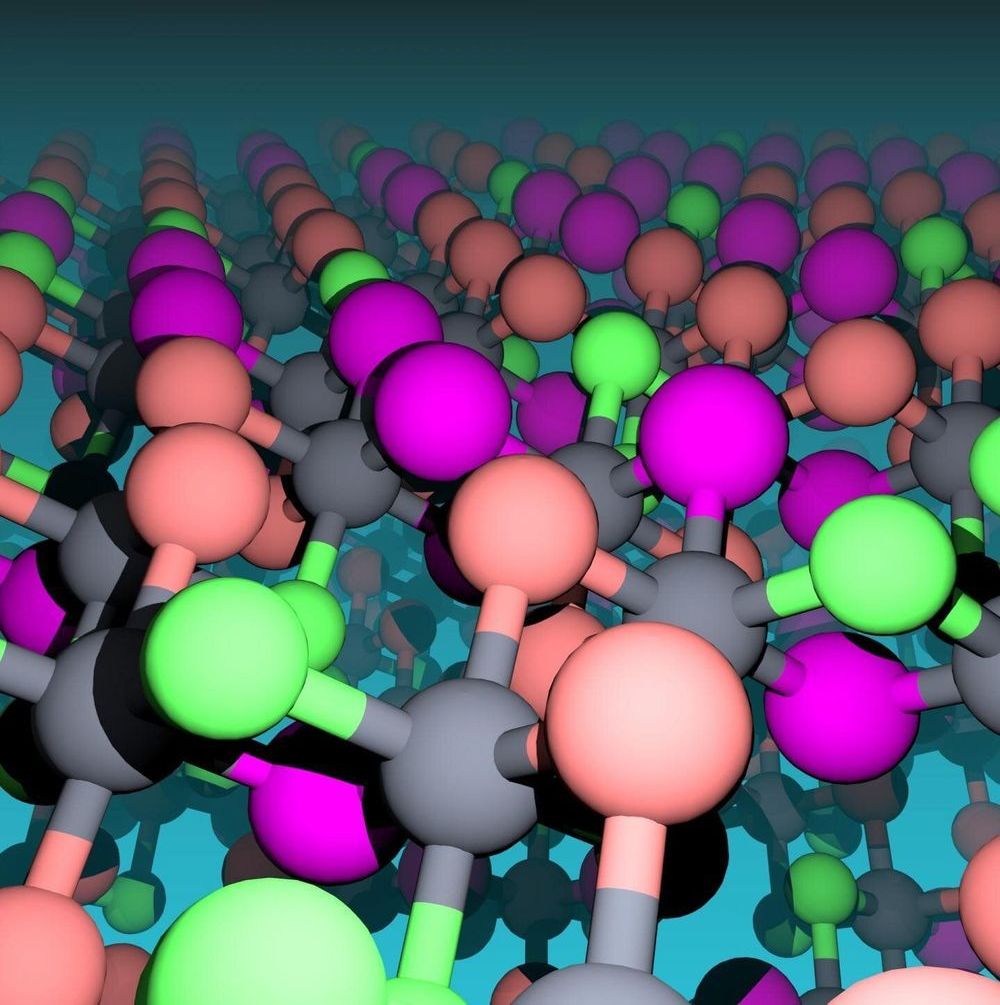Note: This article was originally published on May 29, 2017, and updated on July 24, 2020 Overview Neural Networks is one of the most popular machine learning algorithms Gradient Descent forms the basis of Neural networks Neural networks can be implemented in both R and Python using certain libraries and packages.
Some users of Nest thermostats can no longer control the devices remotely, and the issue is forcing Google to replace the devices entirely if otherwise standard troubleshooting fails. The issue, which began popping up on Nest forums as early as last November and racking up more than 200 responses, is known as the “w5 error,” and it disables remote control of the company’s thermostats.
Controlling the temperature of your home with your smartphone when you’re out of the house or away from the physical device is pretty much the sole selling point of the Nest thermostat. So that makes this a pretty serious issue, even if you still can manually adjust the temperature on the device itself. Google says it’s aware of the problem and that it’s now offering replacements to owners of the device who cannot solve the issue through standard reset procedures.
“A very small number of Nest thermostat users are experiencing a known issue with the Wi-Fi chip that causes remote connectivity issues. This does not affect the thermostat’s ability to control the customer’s heating and cooling system in the home, but does impact the user’s ability to manage the thermostat remotely,” a Google spokesperson tells The Verge. “If a user sees this error and it can’t be resolved through troubleshooting, they are prompted to contact customer support for assistance and will be issued a replacement device.”
The incredibly rare family portrait highlights two baby exoplanets orbiting a very young, sun-like star.
I am for ethical Ai. What about you?
Sophia interviews Stanford AI Researcher Tina White about how A.I. & Robotics can help stop the spread of Covid19 through contact tracing while preserving users’ privacy.
- What are you doing to stop the spread? 0:50
Researchers from the University of Colorado Anschutz Medical Campus and Pathways Bioscience in the United States have found that activating a transcription factor involved in oxidative stress regulation, antiviral activity, and inflammation may serve as a new treatment approach to coronavirus disease 2019 (COVID-19).
The scientists propose that the antiviral and anti-inflammatory effects of activating nuclear factor erythroid 2-related factor 2 (Nrf2) may reduce symptoms and stop the “cytokine storm syndrome” that can be fatal in cases of COVID-19.
A pre-print version of the study can be accessed on the bioRxiv* server, while the manuscript undergoes peer review.
Policymakers had ample warning that COVID-19 posed a high risk for diabetes patients. In 2003, during the coronavirus outbreak known as SARS, or Severe Acute Respiratory Syndrome, more than 20% of people who died had diabetes.
(Reuters) — Devon Brumfield could hear her father gasping for breath on the phone.
“The people I see being the most wrong about AI are the ones who are very smart,” Tesla CEO Elon Musk said on Wednesday.
The magnetic properties of a chromium halide can be tuned by manipulating the non-magnetic atoms in the material, a team, led by Boston College researchers, reports in the most recent edition of Science Advances.
The seemingly counter-intuitive method is based on a mechanism known as an indirect exchange interaction, according to Boston College Assistant Professor of Physics Fazel Tafti, a lead author of the report.
An indirect interaction is mediated between two magnetic atoms via a non-magnetic atom known as the ligand. The Tafti Lab findings show that by changing the composition of these ligand atoms, all the magnetic properties can be easily tuned.
“Strange metals” have that name for a reason – these materials exhibit some unusual conductive properties and surprisingly, even have things in common with black holes. Now, a new study has characterized them in more detail, and found that strange metals constitute a new state of matter.
So-called strange metals differ from regular metals because their electrical resistance is directly linked to temperature. Electrons in strange metals are seen to lose their energy as fast as the laws of quantum mechanics allow. But that’s not all – their conductivity is also linked to two fundamental constants of physics: Planck’s constant, which defines how much energy a photon can carry, and Boltzmann’s constant, which relates the kinetic energy of particles in a gas with the temperature of that gas.
While these properties have been well observed over the years, scientists have had a hard time accurately modeling strange metals. So in a new study, researchers from the Flatiron Institute and Cornell University set out to solve the model, right down to absolute zero – lower than the lowest possible temperature for materials.









